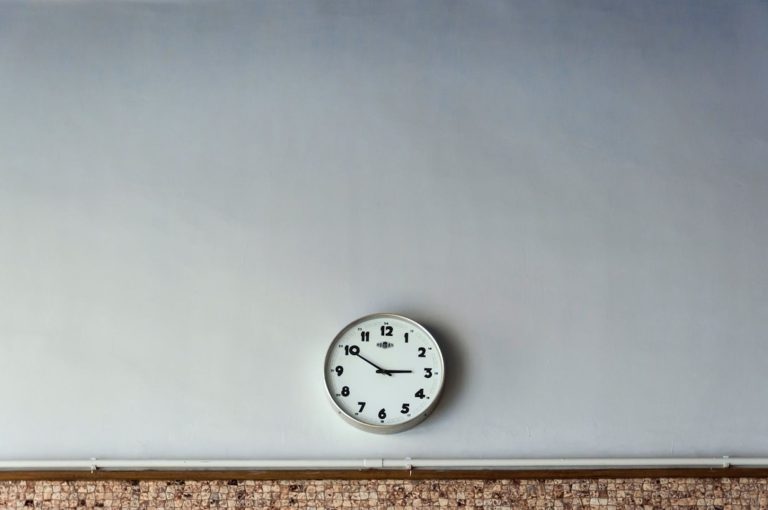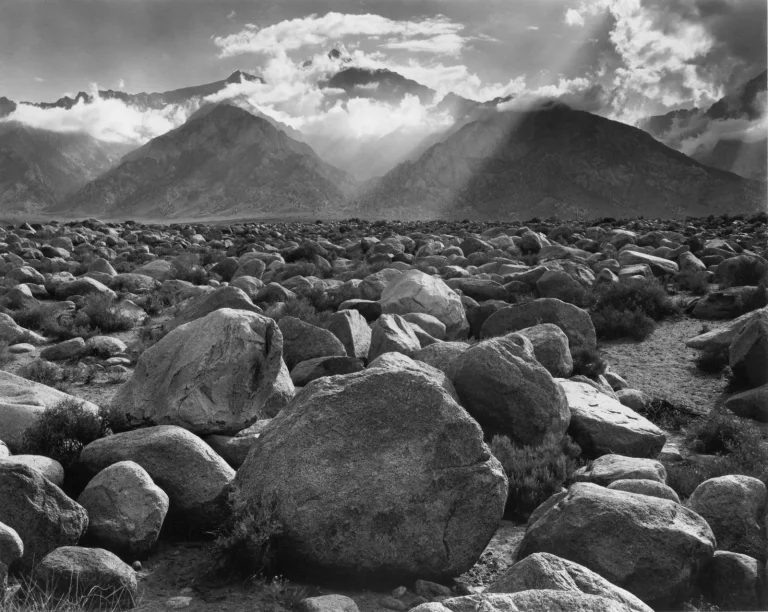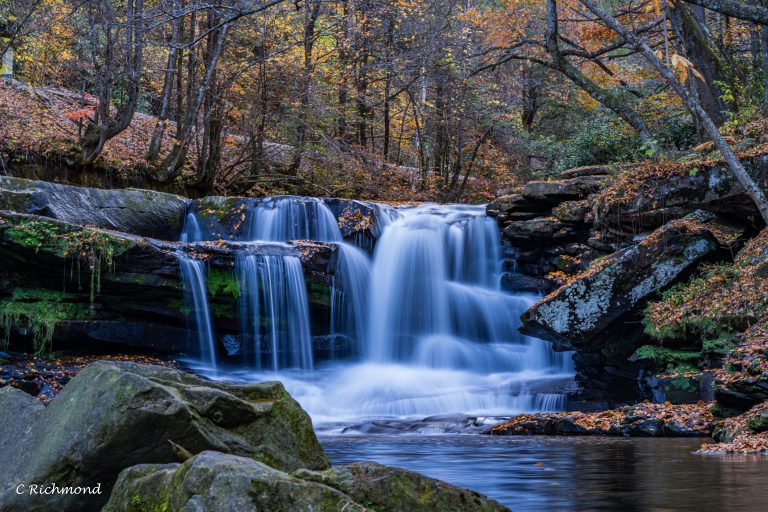A Beginner’s Guide to Drone Landscape Photography: 20 Tips for Every Aspiring Photographer
Welcome to the enthralling realm of drone landscape photography, where the sky is not the limit, but the canvas for your creativity. As a seasoned photographer, I’ve navigated through various aspects of capturing images that tell a story, and now I’m here to guide you through the aerial journey of drone photography. Whether you’re just getting started or looking to refine your skills, this guide is packed with drone photography tips that will elevate your perspective and enhance your imagery.
Why is this guide worth your time? Because drone photography opens up a world of opportunities that traditional photography can’t match. From revealing patterns that only make sense from above to capturing the grandeur of landscapes in a single drone shot, the unique vantage point of drones is transforming the way we capture the world. And I’m here to share this knowledge with you.
1. Understanding Your Drone’s Capabilities
Before you send your drone skyward, it’s essential to comprehend what your flying companion can do. Familiarize yourself with your drone’s capabilities—this means knowing how high and far it can fly, its battery life, and the resolution of its camera. Remember, a Mavic 2 Pro might offer different features compared to a new drone just released. Understanding your drone’s limits helps ensure you don’t just take off, but soar with confidence.
In my experience, drones that come with a 4K video option not only provide stunning footage but also allow you to extract high-quality stills. So, if you’re looking to create an image with high dynamic range or need that perfect landscape shot, be sure your drone supports these features. And don’t forget, register your drone if required by local drone laws, as this is a crucial step before your first flight.
2. Choosing the Right Time and Place for Flying
The secret to taking great photos is as much about when and where you fly as it is about your skills as a drone photographer. Always check drone regulations before you head out, as they vary widely across different areas. You’ll want to ensure you’re not flying a drone in restricted airspace or during prohibited hours.
I recommend seeking out locations where the play of light and shadow can add drama to your aerial photography. Sunrise and sunset are golden hours for photographers for a reason. The soft light at these times can give a sense of scale and depth to your landscape shots that is hard to achieve during the midday sun.
3. Mastering the Rule of Thirds from Above
The rule of thirds is a cornerstone of composition in photography, and it still applies when you’re hundreds of feet in the air. When you’re looking through your drone’s camera, envision a grid and place the most interesting parts of the landscape where the lines intersect.
For instance, if you’re capturing a winding river, position it along one of the lines to create a flow that leads the viewer’s eye through the image. This technique is a simple yet powerful way to create an image that looks balanced and engaging.
4. Exploring Auto Exposure Bracketing for Perfect Exposure
Auto exposure bracketing (AEB) can be a lifesaver, especially when dealing with the tricky lighting conditions of landscape photography. By taking multiple exposures of the same scene, you can later blend them to achieve the perfect exposure for every part of your image.
As a drone pilot, I’ve often relied on AEB to overcome the high dynamic range of landscapes. You press the shutter once, and the drone takes several shots at different exposures, which you can combine during post-processing to create a masterpiece.
5. The Art of Using Filters for Stunning Drone Photos
Never underestimate the impact a good filter can have on your drone photos. Filters can help manage reflections, enhance colors, and even improve the contrast in your images. For aerial shots, I often use polarizing filters to cut through the haze and bring out the blues of the sky or the greens of the forest.
It’s also important to consider neutral density filters when shooting in bright conditions. They act like sunglasses for your drone’s camera, allowing you to maintain a lower shutter speed for smoother videos and better exposure control.
6. Navigating Weather Conditions for Dramatic Effects
Weather plays a pivotal role in the outcome of your drone photographs. As you grow as a drone photographer, you’ll learn to use weather to your advantage. Overcast days can provide a natural diffuser for softer landscapes, while post-storm conditions can yield dramatic skies and lighting.
When I fly my drone after a storm, the results can be breathtaking. The contrasts between the dark, brooding clouds and the sunlit landscapes create a depth and drama that’s hard to replicate. Remember to always check the weather forecast to ensure safe flying conditions, and be prepared for sudden weather changes.
7. Utilizing Advanced Flight Modes for Dynamic Shots
Modern drones come with a variety of advanced flight modes. These can be incredibly useful for capturing dynamic shots that would be difficult to achieve manually. From the orbit mode that allows your drone to circle around a point of interest to the waypoint mode where you can set multiple points for the drone to fly to, these features can help create compelling and smooth footage.
I often use these modes to create a flight path that showcases the landscape from multiple angles, offering a cinematic quality to my photos and videos. Experiment with these modes to find new perspectives and compositions that highlight the beauty of your chosen landscape.
8. Harnessing the Power of Panorama for Expansive Views
Sometimes, a single frame isn’t enough to capture the grandeur of a landscape. That’s where the panorama feature comes in. By stitching together a series of photos taken from different angles, you can create a sweeping view of your subject.
I love using the panorama feature for capturing everything from mountain ranges to city skylines. Some drones even have an automatic panorama mode, making it easier than ever to capture expansive vistas. Take advantage of this feature to create images that truly encompass the vastness of your surroundings.
9. Focusing on Symmetry and Patterns for Visual Impact
Drones allow us to see the world from new perspectives, including the often unnoticed symmetry and patterns in nature and our built environment. Look for these elements when flying your drone; rows of trees, winding roads, or even agricultural fields can provide a visually satisfying experience when captured from above.
In my own explorations, I’ve found that these kinds of shots can be mesmerizing. They reveal the order in the seeming chaos and are particularly powerful for creating an image with a strong visual impact. So, keep an eye out for these patterns and use them to add an extra layer of interest to your photographs.
10. Prioritizing Safety and Privacy When Flying
As a drone photographer, you must be acutely aware of safety and privacy concerns. Always maintain a line of sight with your drone and avoid flying over private property without permission. Respect people’s privacy and avoid areas where your drone could be a distraction or a nuisance.
In my flights, I ensure I’m not invading anyone’s personal space or breaking any laws. By respecting these boundaries, you protect the rights of individuals and the reputation of the drone photography community. Always be considerate and follow the guidelines laid out by aviation authorities.
Through these tips, I hope to have provided you with a strong foundation for your drone landscape photography adventures. With practice and patience, you’ll find your unique style and begin capturing stunning aerial images that tell a story from above.
11. Exploring Light and Shadow Play for Depth
The interplay of light and shadows can add incredible depth and dimension to your drone photographs. Early morning or late afternoon, known as the golden hours, can provide your landscape photography with a warm glow and long shadows that highlight the contours of the terrain.
When I fly my drone during these times, I pay special attention to the direction of the light and how it interacts with the landscape. Shadows can emphasize textures and shapes, turning a flat image into a dynamic composition. Adjust your drone’s position to capture the most compelling interplay of light and shadows.
12. Experimenting with Color Grading in Post-Processing
Color grading is a powerful tool in your post-processing arsenal. It allows you to enhance the mood of your photos and can be the difference between a good image and a great one. Whether you’re aiming for a natural look or something more dramatic, adjusting the colors can help you convey the emotion you felt when you captured the scene.
In my post-processing workflow, I often experiment with different hues and saturation levels to reflect the essence of the landscape. However, it’s important to keep it subtle and avoid over-saturation, which can make your images look unnatural.
13. Mastering the Art of Composition with Leading Lines
Leading lines are a compositional technique that can draw the viewer’s eye into the image, towards the main subject, or on a journey through the scene. Roads, rivers, fences, and even shadows can serve as leading lines in your aerial photography.
I always look for elements that can serve as natural guides. By positioning these lines to lead from one corner of the frame to another, or towards a specific point of interest, you can create a more engaging and well-balanced photo.
14. Incorporating Movement for a Sense of Action
Capturing movement with a drone can add a sense of life and action to your landscape photography. Moving water, swaying trees, or even animals can bring a still image to life. Use slower shutter speeds to create a sense of motion, or freeze a moment with faster speeds to capture a crisp shot.
In my experience, adding a dynamic element like movement differentiates an average photo from a captivating one. It’s all about timing and finding the right balance between clarity and motion blur to convey the scene’s energy.
15. Creating a Focal Point with Natural or Man-Made Features
Every compelling photograph has a focal point that catches the viewer’s attention. Your drone can capture unique vantage points of natural or man-made features that can serve as strong focal points. A lone tree, a mountain peak, or an architectural structure can anchor your image and give viewers a place to rest their eyes.
I often use the rule of thirds to place my focal point in an aesthetically pleasing position within the frame. This not only adds interest but also gives your image a professional touch. Look for distinctive elements in the landscape that can stand out and draw interest.
16. Enhancing Visual Appeal with Symmetry and Patterns
Symmetry and patterns can be particularly striking in drone photography due to the unique top-down perspective that drones provide. Look for natural symmetries in the landscape, or interesting patterns formed by agriculture, urban infrastructure, or even natural phenomena like waves or sand dunes.
When I fly my drone, I’m on the lookout for these patterns. They can provide a sense of balance and harmony to your photos. Symmetrical compositions tend to be pleasing to the eye, offering a sense of tranquility and order.
17. Timing Your Shots for Dramatic Weather Conditions
Weather plays a critical role in the mood and dramatic impact of your landscape photography. Capturing a storm brewing or the sun breaking through clouds can result in some of the most powerful images.
I’ve found that some of my most memorable shots were taken when the weather was less than perfect. Don’t be afraid to fly (safely and within regulations) when the weather is changing. Those moments can offer unique lighting conditions and atmospheres that you just can’t get on a clear day.
18. Using Negative Space to Emphasize Subjects
Negative space refers to the area around and between the subjects of an image. It can be used to highlight the main subject, creating a minimalist look that draws the viewer’s attention directly to the point of interest.
I utilize negative space by finding large expanses of water, sky, or even a field of snow to emphasize my subject. This technique is about finding the balance between the subject and the space around it, creating a composition that feels intentionally crafted.
19. Paying Attention to Scale to Convey the Size and Grandeur
Drones allow you to capture landscapes in a way that can emphasize the sheer size and grandeur of the environment. Including elements like people, vehicles, or animals can provide a sense of scale that communicates the vastness of the scene.
In my aerial shots, I sometimes include a car winding down a long road or people walking along a beach to give context to the enormity of the landscape. It’s a simple trick that can make a significant impact on the viewer’s perception of size.
20. Consistently Practicing and Reviewing Your Work for Improvement
The final tip is about the process itself. Practice consistently and review your work critically. Every flight is an opportunity to learn something new, and every photo you take is a chance to improve.
I make it a habit to review my photos after each session, noting what worked and what didn’t, and planning how I can do better next time. This reflection is crucial for growth and mastery of the craft.
Bonus Tip 1: Mastering White Balance and ISO for Perfect Drone Shots
When you’re capturing drone images, understanding white balance and ISO settings is crucial. Use your drone camera’s manual settings to adjust the white balance according to the lighting conditions to ensure natural-looking colors. Additionally, controlling the ISO is key to managing the light sensitivity of your drone’s sensor. A lower ISO means less noise, resulting in crisper images, especially important when shooting in RAW for the highest quality drone photos.
Bonus Tip 2: Depth of Field – A Creative Tool in Aerial Photography
Depth of field isn’t just for traditional photography. Even with your first drone, you can experiment with this concept to bring focus to certain parts of your landscape. While drone cameras typically have a fixed aperture, you can play with the height and angle to simulate a depth of field effect, making your subject stand out from the rest of the scene. Always shoot in RAW to retain the maximum detail, giving you more flexibility in Lightroom or Photoshop during post-processing.
Bonus Tip 3: Look for Patterns from Above
Aerial photography with a drone enables you to see the world from a unique perspective. Look for patterns in the landscape that are not visible from the ground. These could be natural, like the waves in the sand of a desert, or man-made, like the geometric shapes of agricultural fields. Capturing these patterns can turn a simple drone video into a captivating work of art. Shoot in RAW to ensure you capture all the details and have the freedom to enhance these patterns in post-processing.
Bonus Tip 4: Leveraging RAW Files in Post-Processing
Shooting in RAW is a game-changer for editing drone photos. RAW files contain all the image data captured by your drone’s sensor, giving you unparalleled flexibility when editing. Use this to your advantage in Lightroom and Photoshop to adjust exposure, bring out details, and refine the colors of your drone images. The result is a polished, professional-looking landscape that truly stands out.
Bonus Tip 5: Crafting Cinematic Landscapes with Drone Video
Your guide to drone photography isn’t complete without exploring drone video. When creating videos, remember that your drone enables a dynamic perspective. Use it to create engaging narratives in your landscape shots. With the right editing drone photos and videos can complement each other for a comprehensive storytelling experience. Make your landscapes come alive by capturing both stills and motion, and edit them to showcase the beauty of your chosen scenery.
In Summary:
To encapsulate the essence of effective drone landscape photography, remember the following points:
- Utilize the golden hours for the best light and shadow play.
- Experiment with color grading to enhance the mood.
- Apply leading lines for strong compositions.
- Incorporate movement to convey action and life.
- Identify a focal point to anchor the viewer’s interest.
- Seek out symmetry and patterns for visual appeal.
- Embrace dramatic weather for more impactful images.
- Use negative space to highlight your subjects.
- Provide a sense of scale to convey grandeur.
- Practice and review your work consistently for continuous improvement.
These bullet points serve as your checklist for each photography outing with your drone. Keep them in mind, and you’ll not only capture the beauty of the landscape but also tell a compelling story through your images.




